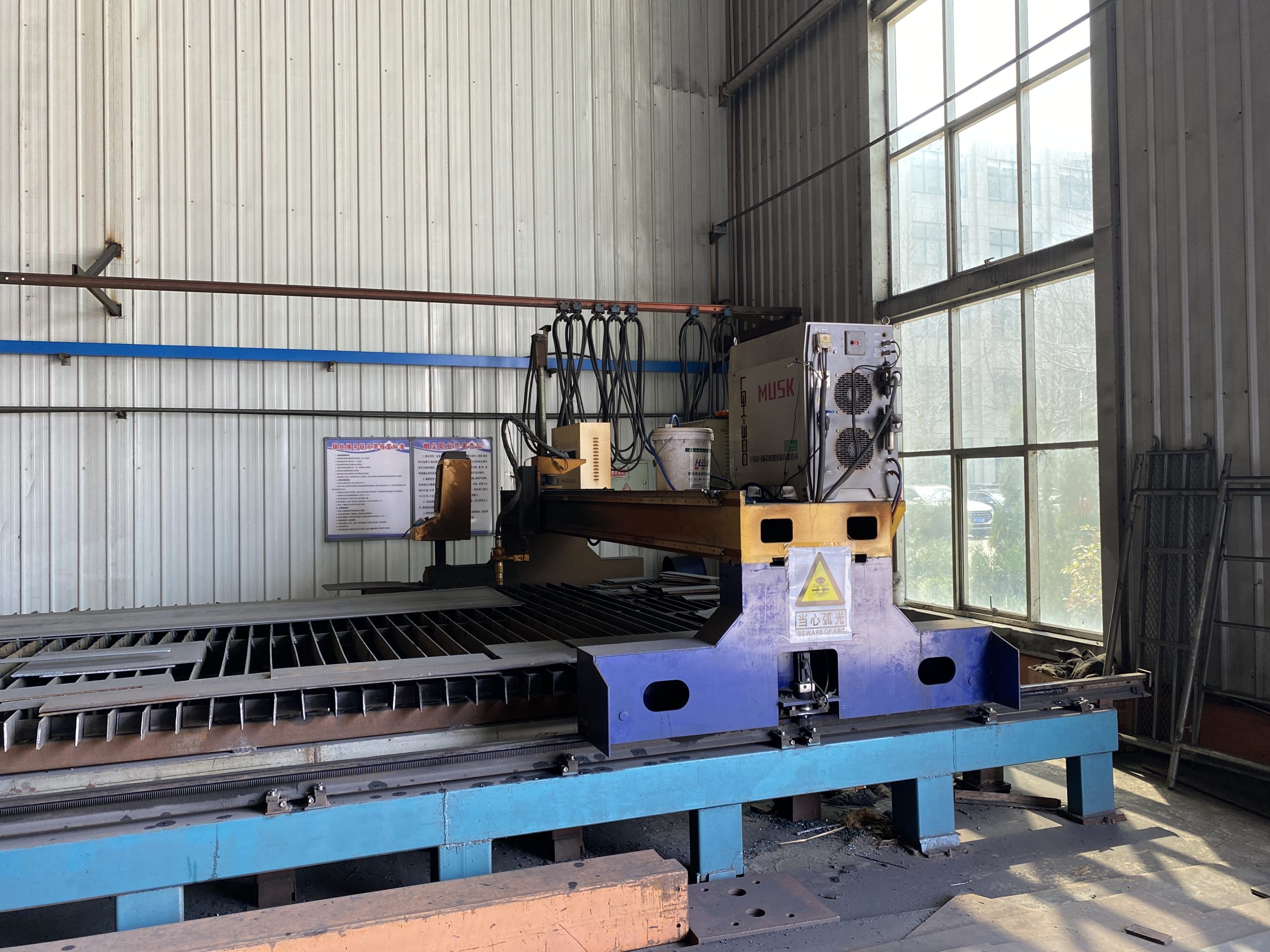Catering facilities configuration and hygiene management of container house in temporary restaurant
Inhoudsopgave
Optimal Catering Facilities Configuration for Efficient Service
Catering facilities configuration and hygiene management are crucial aspects of running a successful temporary restaurant in a container house. The layout and organization of the kitchen and dining area can greatly impact the efficiency of service and the overall dining experience for customers. In this article, we will discuss the optimal catering facilities configuration for efficient service in a container house restaurant.
When setting up a temporary restaurant in a container house, it is important to carefully plan the layout of the kitchen and dining area. The kitchen should be organized in a way that allows for smooth workflow and easy access to all necessary equipment and ingredients. Workstations should be set up in a logical order, with designated areas for food preparation, cooking, plating, and dishwashing.
In terms of equipment, it is essential to invest in high-quality appliances that are suitable for the limited space available in a container house kitchen. Compact and multifunctional equipment such as combination ovens, induction cooktops, and under-counter refrigerators can help maximize efficiency and productivity in a small kitchen space.
Proper storage is also key to maintaining a clean and organized kitchen. Shelving units, storage racks, and food containers should be used to keep ingredients and supplies neatly organized and easily accessible. It is important to regularly clean and sanitize storage areas to prevent contamination and ensure food safety.
In addition to the kitchen layout and equipment, hygiene management is a critical aspect of running a successful temporary restaurant in a container house. Maintaining high standards of cleanliness and sanitation is essential to prevent foodborne illnesses and ensure the health and safety of customers and staff.
All kitchen surfaces, equipment, and utensils should be regularly cleaned and sanitized to prevent cross-contamination and the spread of bacteria. Floors should be swept and mopped regularly, and trash should be disposed of properly to prevent pest infestations.
Proper handwashing practices are also crucial in maintaining hygiene in a temporary restaurant. All staff members should wash their hands frequently and thoroughly with soap and water, especially after handling raw food or using the restroom. Hand sanitizer should be readily available for staff and customers to use as an additional measure of hygiene.
In addition to maintaining a clean and hygienic kitchen, it is important to implement proper food safety practices in a container house restaurant. All food should be stored at the correct temperature to prevent spoilage and contamination. Raw and cooked foods should be stored separately to prevent cross-contamination, and all food should be properly labeled and dated to ensure freshness.
Overall, the optimal catering facilities configuration and hygiene management are essential aspects of running a successful temporary restaurant in a container house. By carefully planning the layout of the kitchen, investing in high-quality equipment, and maintaining high standards of cleanliness and sanitation, restaurant owners can ensure efficient service and a positive dining experience for customers.
Effective Hygiene Management in Container House Temporary Restaurants
Catering facilities configuration and hygiene management are crucial aspects of operating a temporary restaurant in a container house. These unique dining establishments offer a convenient and cost-effective solution for entrepreneurs looking to enter the food service industry. However, maintaining high standards of cleanliness and food safety is essential to ensure the health and satisfaction of customers.
When setting up a temporary restaurant in a container house, it is important to carefully plan the layout of the catering facilities. The configuration of the kitchen, storage areas, and dining space should be designed to maximize efficiency and minimize the risk of cross-contamination. Proper ventilation and lighting are also essential to create a comfortable and safe working environment for staff.
In terms of hygiene management, strict protocols should be established to ensure that all food handling and preparation practices meet regulatory standards. This includes regular cleaning and sanitizing of all surfaces, equipment, and utensils, as well as proper storage and disposal of waste. Staff should be trained in proper handwashing techniques and food safety procedures to prevent the spread of foodborne illnesses.
To maintain a high level of hygiene in a container house temporary restaurant, it is important to implement a cleaning schedule that includes daily, weekly, and monthly tasks. This should include cleaning and sanitizing all food contact surfaces, such as countertops, cutting boards, and utensils, as well as floors, walls, and equipment. Regular inspections should be conducted to ensure that all areas of the restaurant are kept clean and free of pests.
In addition to regular cleaning, it is important to monitor the temperature of refrigerated and hot holding units to ensure that food is stored at safe temperatures. Thermometers should be placed in each unit and checked regularly to prevent the growth of harmful bacteria. Food should be stored in sealed containers to prevent cross-contamination and labeled with the date of preparation to ensure freshness.
Proper waste management is also essential in maintaining a clean and hygienic environment in a container house temporary restaurant. All waste should be disposed of in designated bins and removed from the premises regularly to prevent odors and pests. Recycling and composting programs can also help reduce the amount of waste generated by the restaurant and promote sustainability.

In conclusion, catering facilities configuration and hygiene management are critical components of operating a successful temporary restaurant in a container house. By carefully planning the layout of the kitchen and dining space, implementing strict hygiene protocols, and maintaining a regular cleaning schedule, entrepreneurs can create a safe and sanitary environment for both staff and customers. With proper attention to detail and a commitment to food safety, container house temporary restaurants can provide a unique and enjoyable dining experience for patrons.





